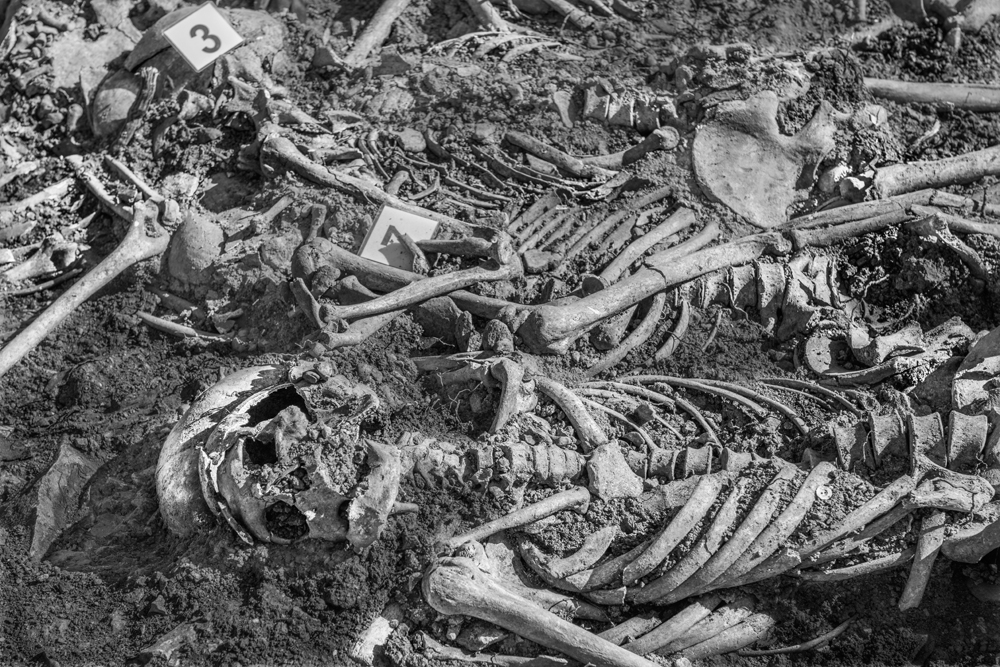Paula and Paulina
- The remains of Leoncio de la Fuente, shot in the flight of Ezkaba in 1938, have been handed over to his daughter Paula. Paulina Lizoain, the woman who saw the shooting when she was a child, and who was found thanks to her testimony and the work of the Txinparta association, attended the event.

The largest flight of prisoners in Europe, that of 22 May 1938 in the fort of San Cristobal de Navarra, in which many of the prisoners who were captured and killed as game pieces died – in total 795 prisoners fled and were shot in 206 in the mountains of the area. They also did it with Leoncio de la Fuente Ramos.
Fresno el Viejo, from Valladolid, was arrested at his home on 19 July 1936 for facing a group of Falangists with a sickness in bed and sentenced to life imprisonment and ended in Ezkaba. Her family never knew what happened to her, "they were told she had left with another family," she told the journalist of Naiz Aritz Intxusta her great-granddaughter, Beatriz Fernández.
In July 2018, Aranzadi technicians exhumed several corpses in the cemetery of the village of Larrasoaña, not far from Ezkaba. For this, the testimony of Paulina Lizoaien was essential, thanks to the Txinparta association. When he was a kid, he saw his father burying bodies with other men. “Two looked up and two others looked down, two confessed, two did not.” It was never talked about, but during all these years the Larrasoaña has brought that image in its memory. “They will also have a family,” he wondered.

Genetic research with the Navarro DNA bank has made it possible to determine that one of them is Leoncio de la Fuente, while the other three have not been able to be located yet. 82 years later, the remains have been handed over to his family in an act of the Institute of Memory celebrated in the Archivo Real y General de Navarra. One of Leoncio's daughters, Paula de la Fuente, has collected his father's bones from the hand of the Citizen Relations Counselor, Ana Ollo.
The event was attended by Paulina Lizoain, who was finally known. Paula and Paulina, two women of about 90 years old, daughters of the buried and the burial.
Segundo Hernandez preso anarkistaren senide Lander Garciak hunkituta hitz egin du, Ezkabatik ihes egindako gasteiztarraren gorpuzkinak jasotzerako orduan. Nafarroako Gobernuak egindako urratsa eskertuta, hamarkada luzetan pairatutako isiltasuna salatu du ekitaldian.
Francoren heriotzaren ondoren, 1936ko fusilatuen senideak haien gorpuak berreskuratzen hasi ziren Nafarroan. Hasierako desobiratze haiek ezkutuan egin ziren, erakundeen laguntzarik gabe; hainbat herritar eta apaiz konprometituren ekimena izan zen, Ollakarizketako hobian 1979an... [+]





















